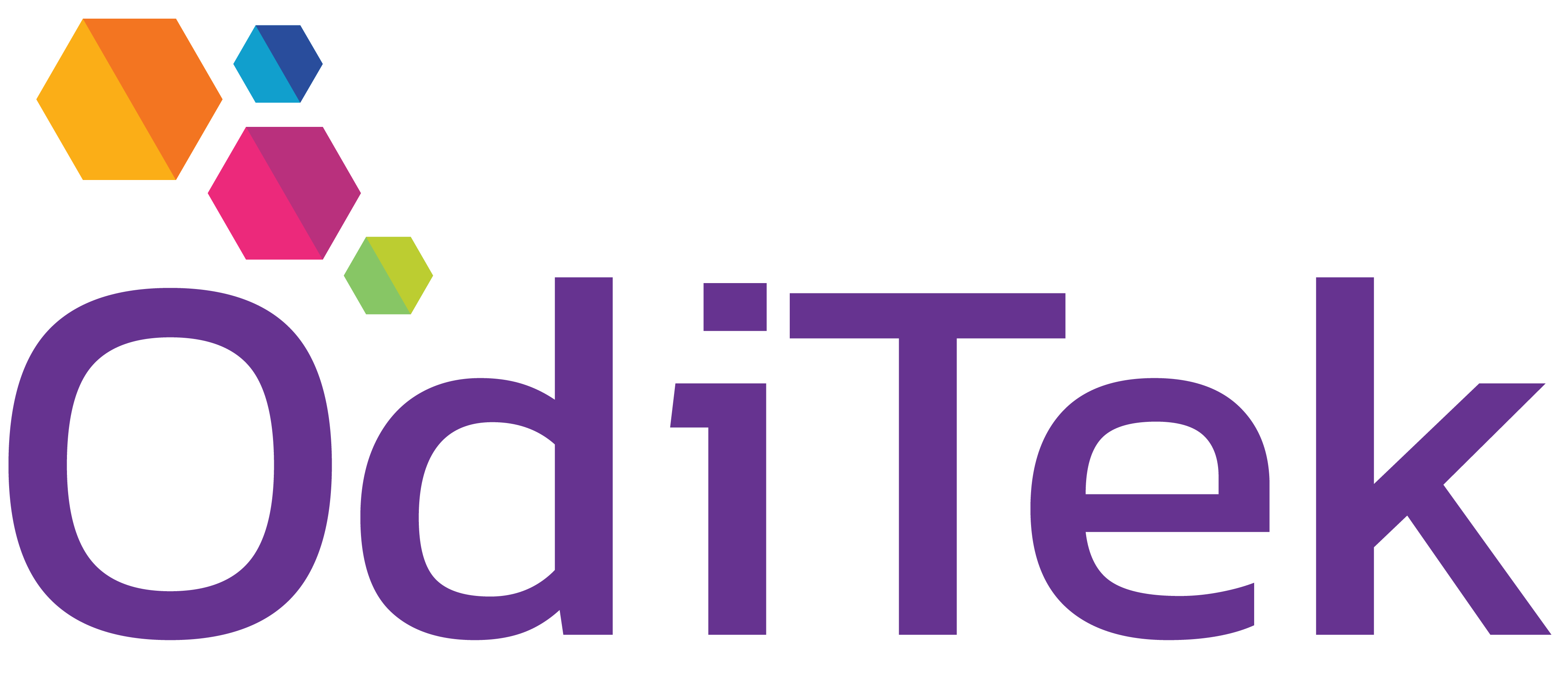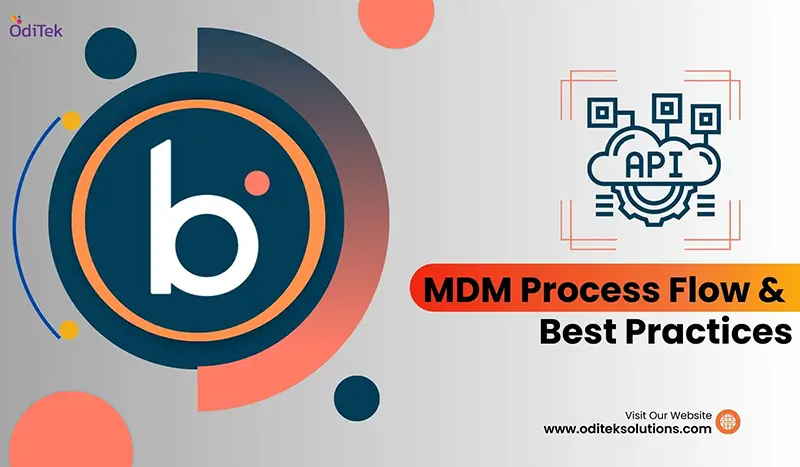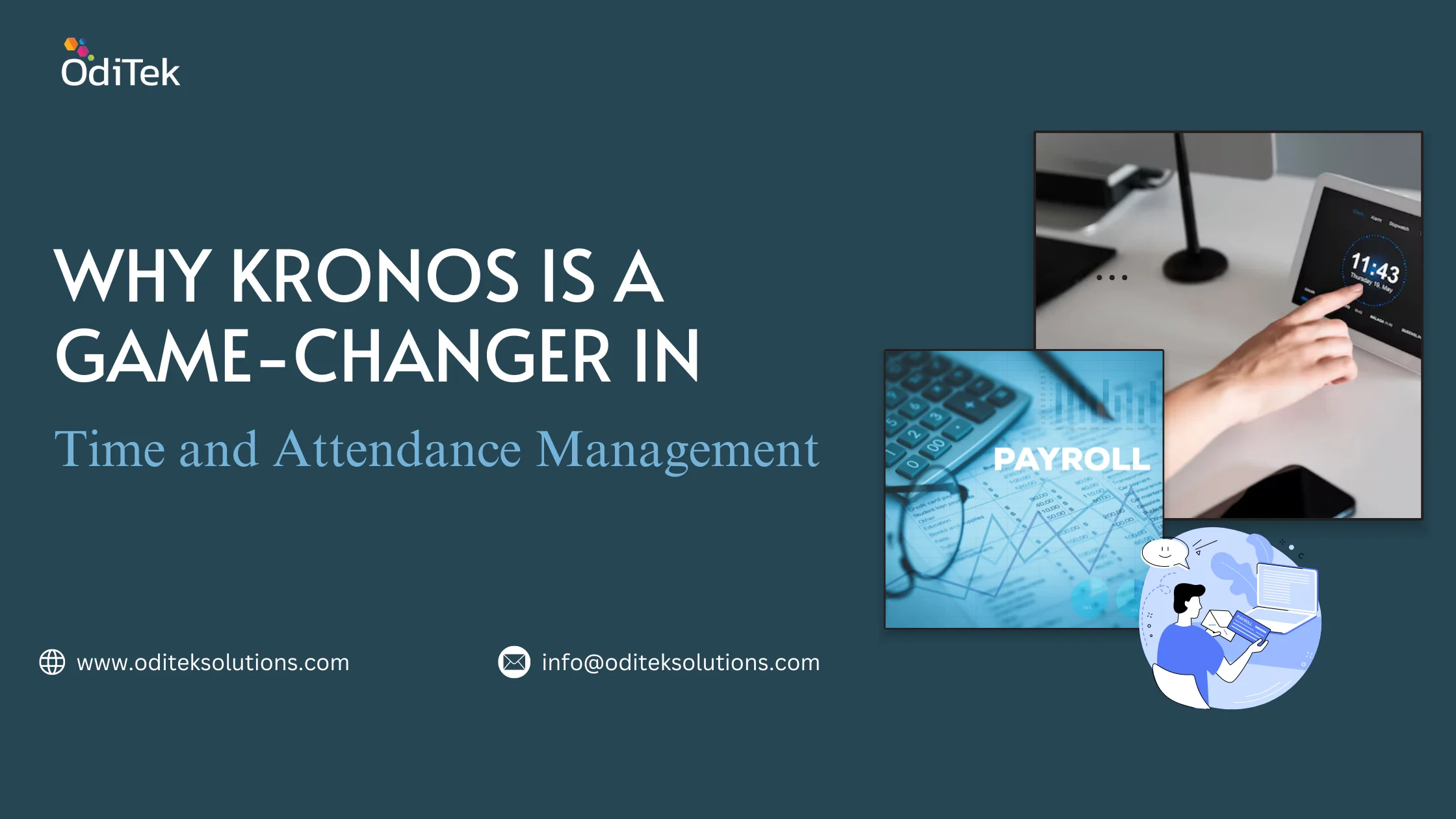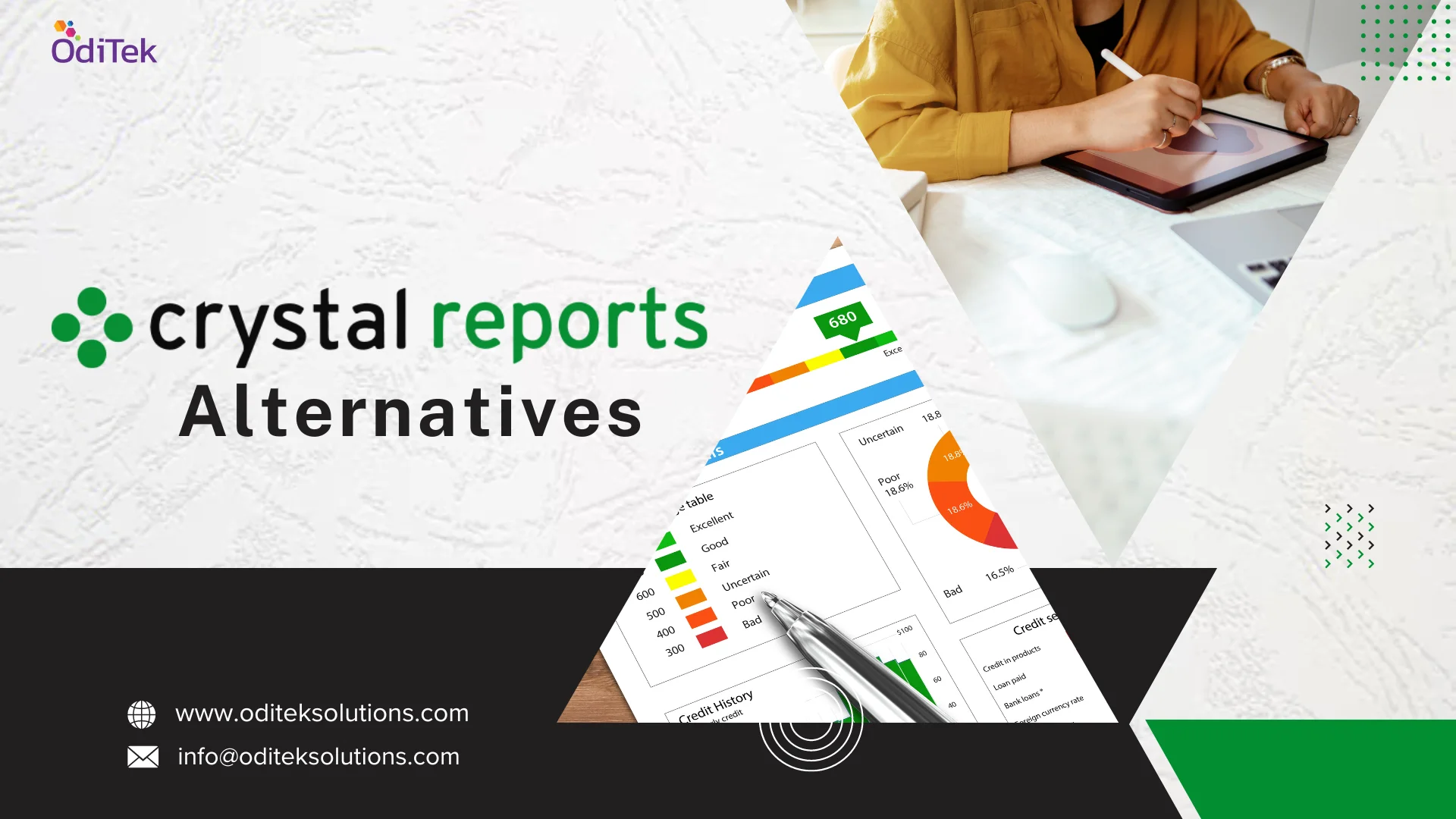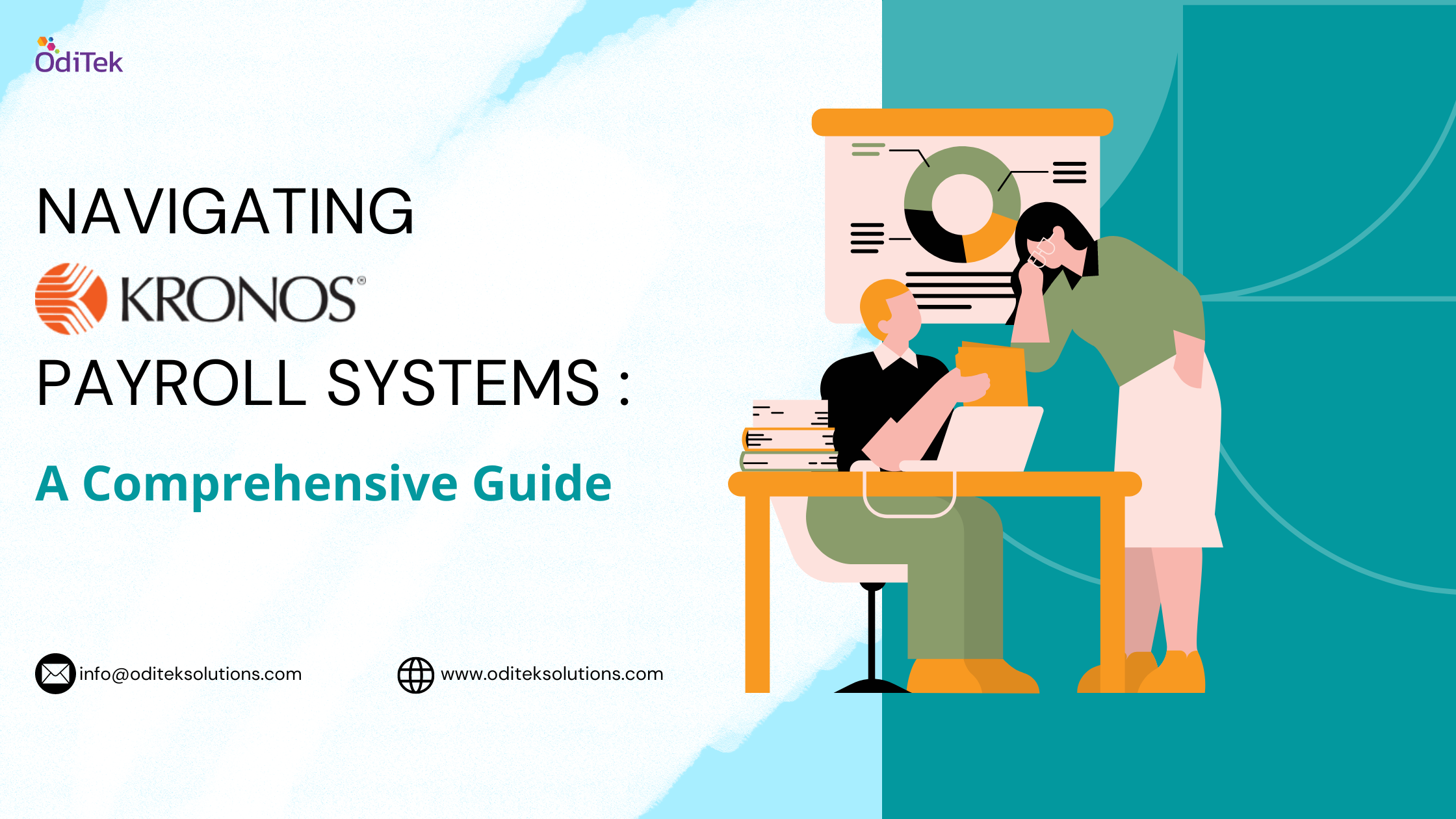Master Data Management (MDM) is crucial for corporates and businesses as it ensures data accuracy, consistency, and reliability. Implementing master data management best practices streamlines operations, reduces errors, and enhances decision-making. The master data management process flow involves identifying, collecting, and maintaining key data across an organization, fostering a unified and trustworthy data foundation. This results in improved efficiency, better customer experiences, and compliance adherence. In an era where data drives success, MDM serves as the linchpin for organizations, offering a strategic approach to managing and leveraging their most critical information assets.
Master Data Management: A Brief Overview
Master Data Management (MDM) is a cornerstone for businesses aiming to harness the power of accurate and consistent data across their organization. To achieve optimal results, it’s essential to follow master data management best practices, implementing features that enhance data quality, accessibility, and governance.
Master Data Management Features
1. Data Quality Management
MDM ensures data accuracy by employing robust data quality management features. It involves validation, cleansing, and enrichment processes to eliminate errors, redundancies, and inconsistencies within master data sets. By maintaining high-quality data, organizations can make informed decisions and build trust in their information.
2. Data Governance
Data governance is a crucial aspect of MDM. It establishes policies, procedures, and responsibilities for managing and controlling data assets. This feature ensures that data is properly maintained, protected, and used in compliance with regulatory requirements. Effective data governance fosters accountability and transparency in data management practices.
3. Data Integration
MDM facilitates seamless data integration across various systems and departments. It ensures that master data is consistently applied and synchronized across the organization, eliminating data silos. This feature enhances collaboration and provides a unified view of information, promoting better decision-making.
4. Data Security
Security is paramount in MDM. Robust access controls and encryption mechanisms safeguard sensitive master data, preventing unauthorized access or manipulation. By implementing granular security features, organizations can strike a balance between accessibility and data protection.
5. Data Lifecycle Management
MDM involves managing data throughout its lifecycle, from creation to retirement. This feature ensures that data remains relevant and accurate over time. By defining and implementing data lifecycle policies, organizations can maintain the integrity of their master data in a dynamic business environment.
Master Data Management Components
1. Data Hub
The data hub is the central repository in MDM where master data is stored, managed, and accessed. It serves as the single source of truth, providing a consolidated view of data entities such as customers, products, and employees. The data hub ensures data consistency and facilitates efficient data governance.
2. Data Model
The data model defines the structure and relationships of master data entities. It serves as a blueprint for organizing and storing information in a standardized format. A well-designed data model is essential for maintaining consistency and enabling effective data integration across the organization.
3. Data Stewardship
Data stewardship involves assigning responsibilities for managing and maintaining master data. Data stewards play a key role in ensuring data quality, resolving issues, and enforcing data governance policies. Collaboration between data stewards and automated MDM processes is critical for successful data management.
4. Data Quality Tools
MDM employs data quality tools to assess, cleanse, and enhance master data. These tools identify and correct errors, validate information against predefined rules, and standardize data formats. Data quality tools are integral to achieving and maintaining high-quality master data.
In the context of master data management, Integration Platform as a Service (iPaaS) complements MDM by facilitating the seamless connection of disparate systems and applications. iPaaS streamlines data integration, ensuring that master data flows seamlessly between different platforms. It enhances the overall effectiveness of MDM by providing a unified environment for data exchange.
By leveraging iPaaS, organizations can overcome the challenges of integrating diverse applications, databases, and cloud services. This integration approach aligns with master data management best practices, fostering a cohesive and interconnected digital ecosystem. iPaaS not only accelerates data integration but also enhances the agility of organizations in adapting to evolving business needs.
Master Data Management Best Practices: Unlocking the Full Potential of Your Data
In today’s data-driven business landscape, mastering the art of managing crucial information is key to organizational success. Master Data Management (MDM) is the linchpin that ensures data accuracy, consistency, and reliability across diverse business processes. Understanding the master data management meaning is essential, but equally important is the implementation of best practices to derive maximum value from this transformative discipline.
1. Define Clear Objectives and Scope
Before embarking on an MDM journey, it’s crucial to define clear objectives and scope. Identify the specific business goals MDM aims to address, whether it’s improving data quality, enhancing decision-making, or ensuring regulatory compliance. Establishing a well-defined scope prevents overreach and allows for a focused and effective MDM implementation.
2. Engage Stakeholders and Secure Executive Sponsorship
Successful MDM requires collaboration across departments. Engage key stakeholders early in the process to gain insights into data requirements and challenges. Additionally, secure executive sponsorship to ensure commitment and support throughout the MDM initiative. Having leaders championing the cause helps overcome organizational resistance and fosters a culture of data stewardship.
3. Develop a Robust Data Governance Framework
Data governance is the backbone of MDM. Establish a comprehensive framework that includes policies, procedures, and responsibilities for managing master data. Define data ownership, access controls, and data quality standards. Regularly review and update governance practices to adapt to changing business dynamics and evolving data needs.
4. Implement Data Quality Management
Data quality is paramount in MDM. Implement robust data quality management practices to ensure the accuracy and reliability of master data. This involves profiling, cleansing, and enriching data to eliminate errors, redundancies, and inconsistencies. Regularly monitor and audit data quality to maintain high standards over time.
5. Create a Cross-Functional Data Stewardship Team
Establish a cross-functional data stewardship team comprising individuals with a deep understanding of business processes and data domains. These data stewards play a crucial role in enforcing data governance policies, resolving data issues, and driving data quality improvements. Collaboration between IT and business stakeholders is essential for effective data stewardship.
6. Employ Master Data Management Tools and Technologies
Leverage advanced MDM tools and technologies that align with your organization’s needs. These tools streamline data management processes, provide a centralized data hub, and support data quality initiatives. Choose MDM solutions that offer scalability, flexibility, and integration capabilities to meet evolving business requirements.
7. Establish Data Security Measures
Security is non-negotiable in MDM. Implement robust data security measures to safeguard sensitive master data. This includes role-based access controls, encryption, and audit trails. Regularly assess and update security protocols to address emerging threats and compliance requirements.
8. Ensure Data Integration Across Systems
MDM thrives on data integration. Ensure seamless integration of master data across diverse systems and applications. This involves establishing data integration workflows, data mappings, and synchronization processes. A well-integrated MDM system eliminates data silos and provides a unified view of information across the organization.
9. Enforce Data Lifecycle Management
Implement data lifecycle management practices to govern master data from creation to retirement. Define policies for data archiving, purging, and retention. This ensures that master data remains relevant, accurate, and aligned with business objectives throughout its lifecycle.
10. Regularly Monitor and Evaluate MDM Performance
Continuous improvement is at the heart of MDM best practices. Establish key performance indicators (KPIs) to monitor the effectiveness of your MDM implementation. Regularly evaluate performance metrics, solicit feedback from stakeholders, and make necessary adjustments to optimize MDM processes.
How iPaaS Enhances MDM
Integration Platform as a Service (iPaaS) plays a pivotal role in augmenting MDM efforts. iPaaS facilitates the seamless flow of data between diverse systems, applications, and cloud services, aligning with master data management best practices. Here’s how iPaaS contributes to MDM success:
1. Data Integration
iPaaS simplifies the integration of disparate systems, ensuring that master data flows seamlessly across the organization. This enhances data consistency and accessibility, supporting MDM objectives.
2. Agility and Scalability
iPaaS provides the agility and scalability needed to adapt to evolving business requirements. As organizations grow, iPaaS allows for the seamless addition of new applications and data sources, ensuring MDM remains effective in a dynamic environment.
3. Real-Time Data Synchronization
iPaaS enables real-time data synchronization, ensuring that changes in master data are immediately reflected across integrated systems. This real-time capability enhances the accuracy and timeliness of information across the organization.
4. Efficient Cloud Integration
In the era of cloud computing, iPaaS facilitates the integration of on-premises and cloud-based applications. This is particularly valuable for organizations adopting a hybrid or cloud-first approach to IT infrastructure.
5. Automation of Data Workflows
iPaaS automates data workflows, reducing manual intervention and minimizing the risk of errors. This automation accelerates data integration processes, contributing to the efficiency of MDM initiatives.
Conclusion
In short, embracing Master Data Management best practices is not just a choice, it’s a strategic imperative in today’s data-centric business landscape. From meticulous data governance to robust security measures, each practice contributes to a resilient and efficient data infrastructure. As businesses strive for digital transformation and agility, the seamless integration facilitated by iPaaS becomes the cornerstone of MDM success. This holistic approach ensures that organizations not only master their data for today but also remain adaptive and competitive in the ever-evolving digital terrain. Embrace these best practices, and unlock the full potential of your data landscape.
We at OdiTek expertise in Integration Platform as a Service ensures that your MDM practices are seamlessly integrated, allowing you to harness the full potential of your data landscape with efficiency and innovation.
